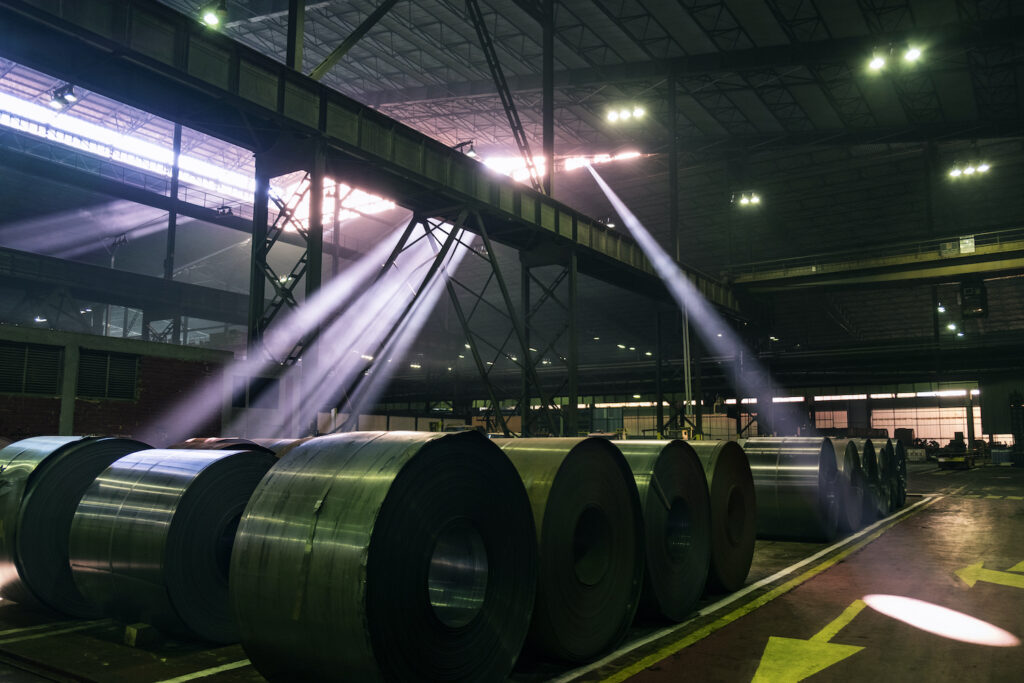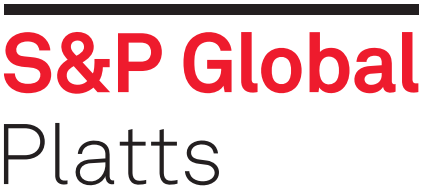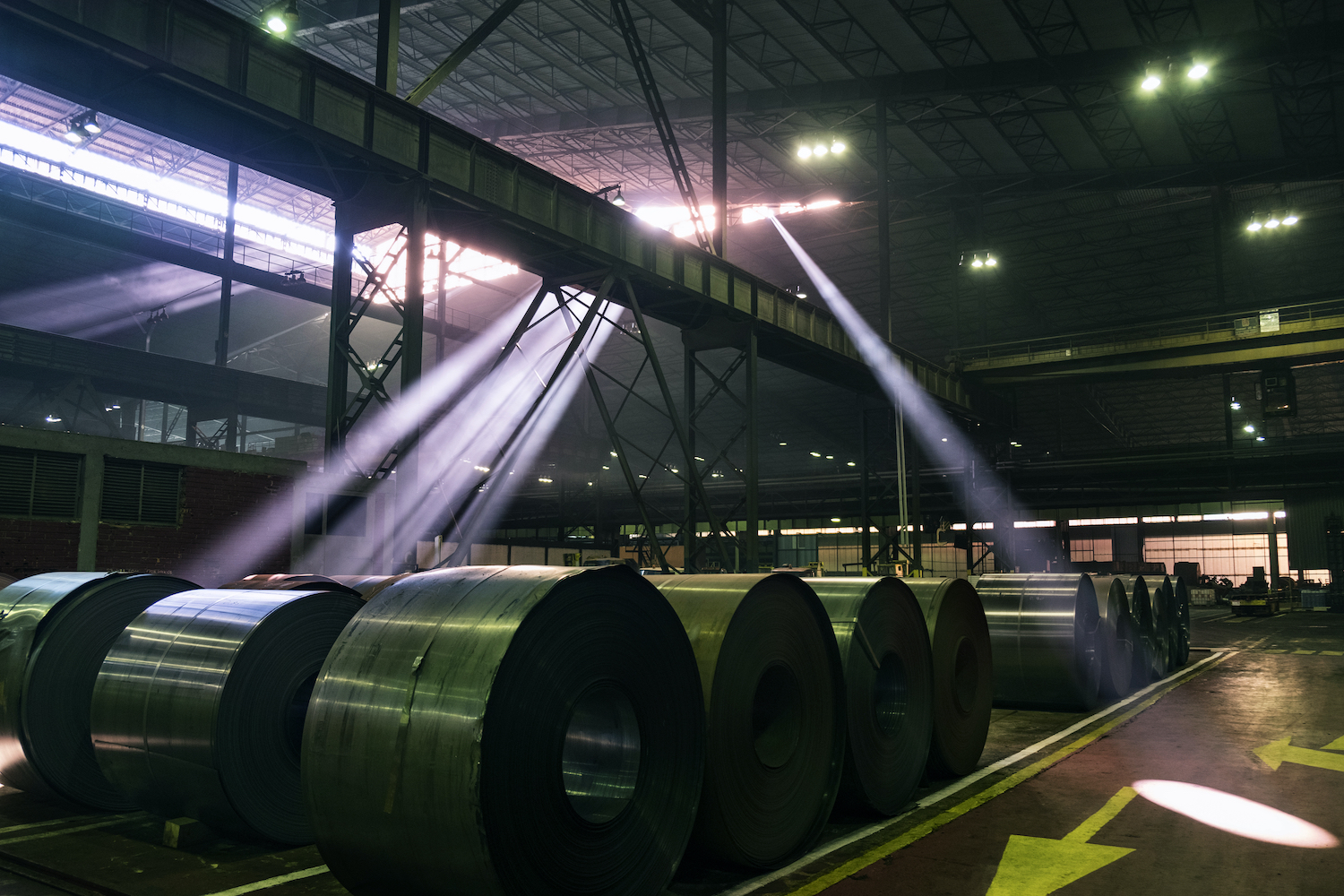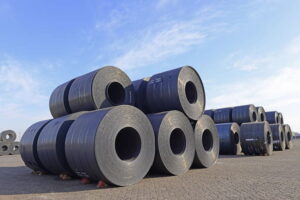
The European hot-rolled coil market has seen prices soar to a two-year high in recent weeks, exacerbated by an ever-tightening supply shortage, with mills staunchly curbing production until “real demand” resurfaces and customers are desperate to secure volumes for Q1 irrespective of price, sources told S&P Global Platts Dec. 3.
Several market-leading mills are sold out of the market until April, with hot-rolled coil and hot-dipped galvanized products increasingly hard to secure as unprecedented automotive demand, long delivery times and undesirable import offers leave secondary customers short with few alternatives.
Sources said steel producers would continue to limit output until at least the second quarter as they assess the demand progression from the automotive sector.
“We are moving prices up further as availability is very low and imports are not there,” a European mill source said. “Everyone [mills] is working on it but maintenance issues and low working capital are making it difficult. Auto is one of these elements but not the only one.”
With coil prices at Eur555.50/mt ex-works Ruhr and Eur554.50/mt ex-works Italy, an Italian mill source said he did not understand the incentive to keep production at lower-than-maximum capacity.
“Mills are not losing out, they are earning money,” the source said. “I’m expecting utilization rates to be between 80-90 percent in 2021. Utilization rates will return to normal.”
Since the start of November, Northern European hot-rolled coil prices increased by Eur43.50/mt month on month, and in Italy, hot-rolled coil prices went up by Eur63/mt.
In the European Union, crude steel production fell for the 10th consecutive month in October, data from the Worldsteel Association showed.
Production dropped 5.6% to 12.61 million mt on year, with the largest European producer, Germany, producing 3.4 million mt of crude steel in October, up 3.1% year on year. The second largest, Italy, produced 2.1 million mt of steel in the month, down 4.6% from a year earlier, and in Spain output dropped 7.7% to 1.1 million mt.
A German trader said supply tightness was initially a result of pandemic-induced production cuts back in March, followed by unexpected automotive demand that mills have struggled to accommodate ever since.
“Producers took out their blast furnaces to a minimum level [during the pandemic], and now mills are not able to adjust their production to the current demand,” the trader said.
The coil shortage dilemma is not limited to Europe, however, as Japanese mills have been equally unprepared for the surge in inquiries brought on by the automotive sector.
“The Japanese reduced to absolute minimum and then auto came back. Now they’re struggling to meet those needs and the export allocations have been reduced considerably,” the same trader added.
According to Worldsteel, Japan produced 7.2 million mt of crude steel in October, down 11.7% from October 2019.
An Italian service center source said he was unable to fulfil entire quantities for most of his orders due to the short supply, causing some friction with customers.
“We speak with customers and say for Q1 we can only sell to you the 90% of volume we agreed because the situation is an emergency, but for them it’s a big problem because it’s not possible for them to afford a situation like this,” he said.
The source was adamant that until European mills restarted their blast furnaces, the European Commission must do more to allow imports from nearby CIS countries back into the EU.
“We have to open the doors to Russia and Turkey,” the source said. “We’re waiting for mills to restart their blast furnaces and [bring back] 10 million-20 million mt of steel to the EU but [until then] we need to receive material from everywhere.”
Hot rolled coil import offers were heard Dec 3. at Eur580/mt CIF Antwerp ex-Russia for March delivery, and from India at above Eur600/mt CIF Antwerp.
— Amanda Flint






